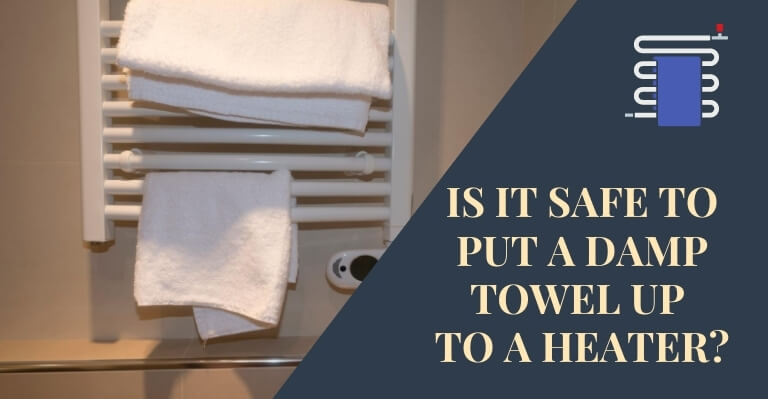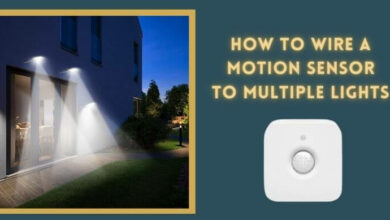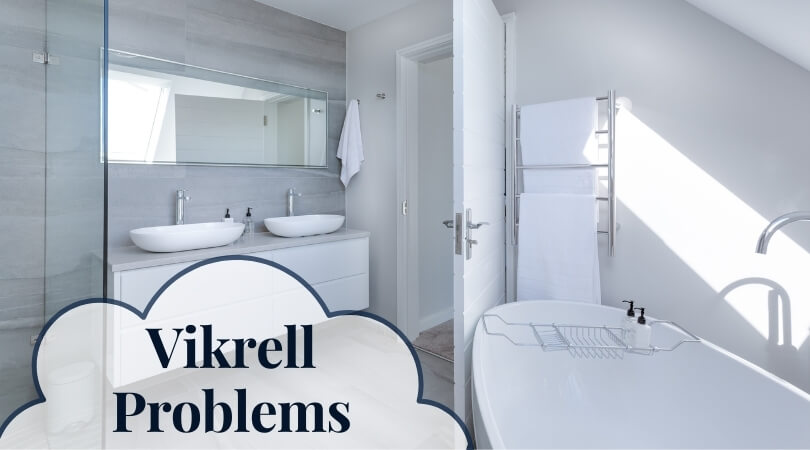How to Adjust Hot Water Baseboard Heater – Know Step-by-Step Process
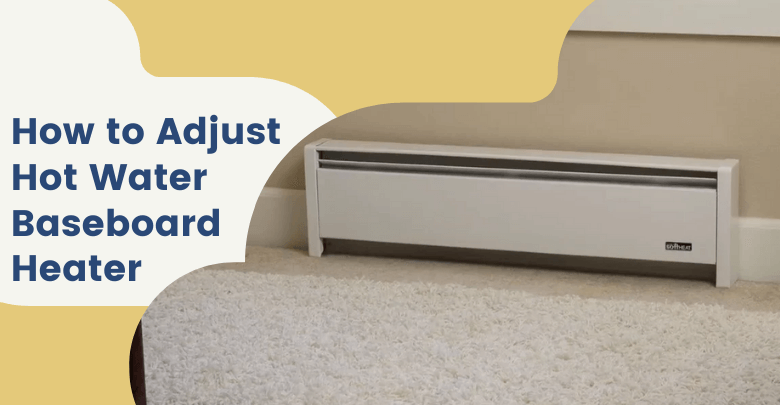
For many people, it is challenging to keep their house warm during the cold and crisp winters. Relying on the central heating system cannot be enough and can be expensive.
Here come baseboard heaters to rescue! They are mounted on the baseboard along the corner of the room where the floor and wall meet and efficiently.
Baseboard heaters are efficient heaters and must be used with a thermostat to control the overall temperature. You can call a professional electrician to install the system because you won’t install it properly.
Baseboard heaters are specially designed to envelope the room in warmth without ticking off your electricity bills! Baseboard heaters are all about turning down the central heating system during the cold evenings by turning on your floor heater for added energy-efficient warmth to the evening.
Types of Baseboard Heaters
1. Electric Baseboard Heaters
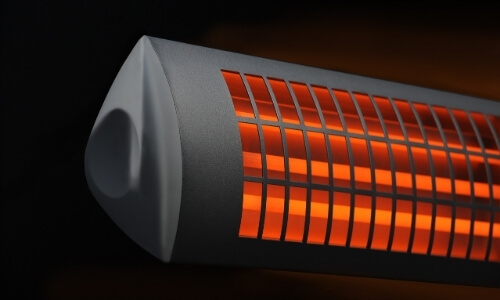
The electric baseboard heaters use electric resistance to impart their kind of baseboard heating. The cables inside the heating unit heat the air and push it out to the unit, and simultaneously a similar process happens with cold air. Thermostats are used in every room to take care of the temperature.
2. Hot Water Baseboard Heaters
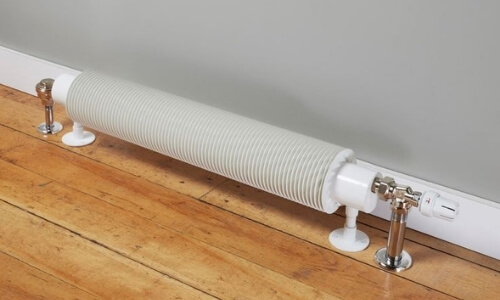
Hot water baseboards use a boiler to heat the water and then send it through the pipes from heater to heater to keep the room warm.
How to Adjust the Hot Water Baseboard Heater?
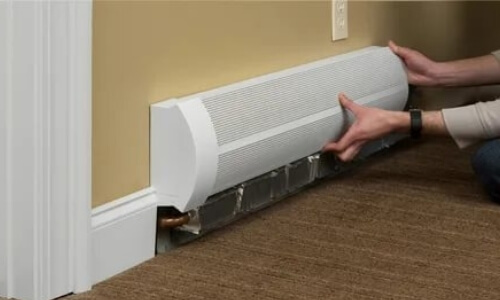
So if you are looking for how to adjust electric baseboard heaters or how to adjust the hot water baseboard heater, then keep on reading the blog because we have mentioned a step by step guide for you!
Step 1
Track down the end cap covers on the heater; they are located towards the heater’s end where the water inlet pipe ascends. In many cases, the cover snaps onto the other, whereas you need to remove the screw in others. You can remove the screw with a screwdriver’s help to make the process easier and then pull off the cover.
Step 2
As you have pulled off the cover, now locate the water flow control valve. It is usually located under the end cap. Most of the control valves have a nut on them, whereas some may have a dial.
Step 3
Now turn it in a clockwise direction to increase the water flow. If you want to decrease the water flow, you can turn it in a counterclockwise direction. If your valve has a knob on it, then all you have to do is use your fingers to turn, and in some cases, you need a wrench to turn the valve.
Step 4
As you are done adjusting the water heater, place back the cover onto the heater, and don’t forget to secure it with a screw (if your valve has a screw).
The Bottom Line
The baseboard heaters can benefit the homeowners in many ways as they are more efficient and are perfect for keeping the “hard to keep warm” rooms warm.
We are mentioning two FAQs that are usually asked by the baseboard heater users.
FAQs:
1. Can We Install a Gas Heat with the Baseboard?
As the heating element is self-contained, the electric baseboard heaters don’t need an external heating source to function.
2. Does Baseboard Heat Use More Electricity?
Just like other forms of electric resistance heating, the baseboard heaters also offer 100 percent efficiency. Which means they will consume 100% electricity to produce heat. Many of the units provide efficiency ratings between 78 to 95%, which makes them more efficient.
The step by step guide we mentioned above is all you need to adjust the hot water baseboard heater. Hopefully, this guide was helpful to you, and do remember to read and follow the safety guidelines to ensure high performance.


